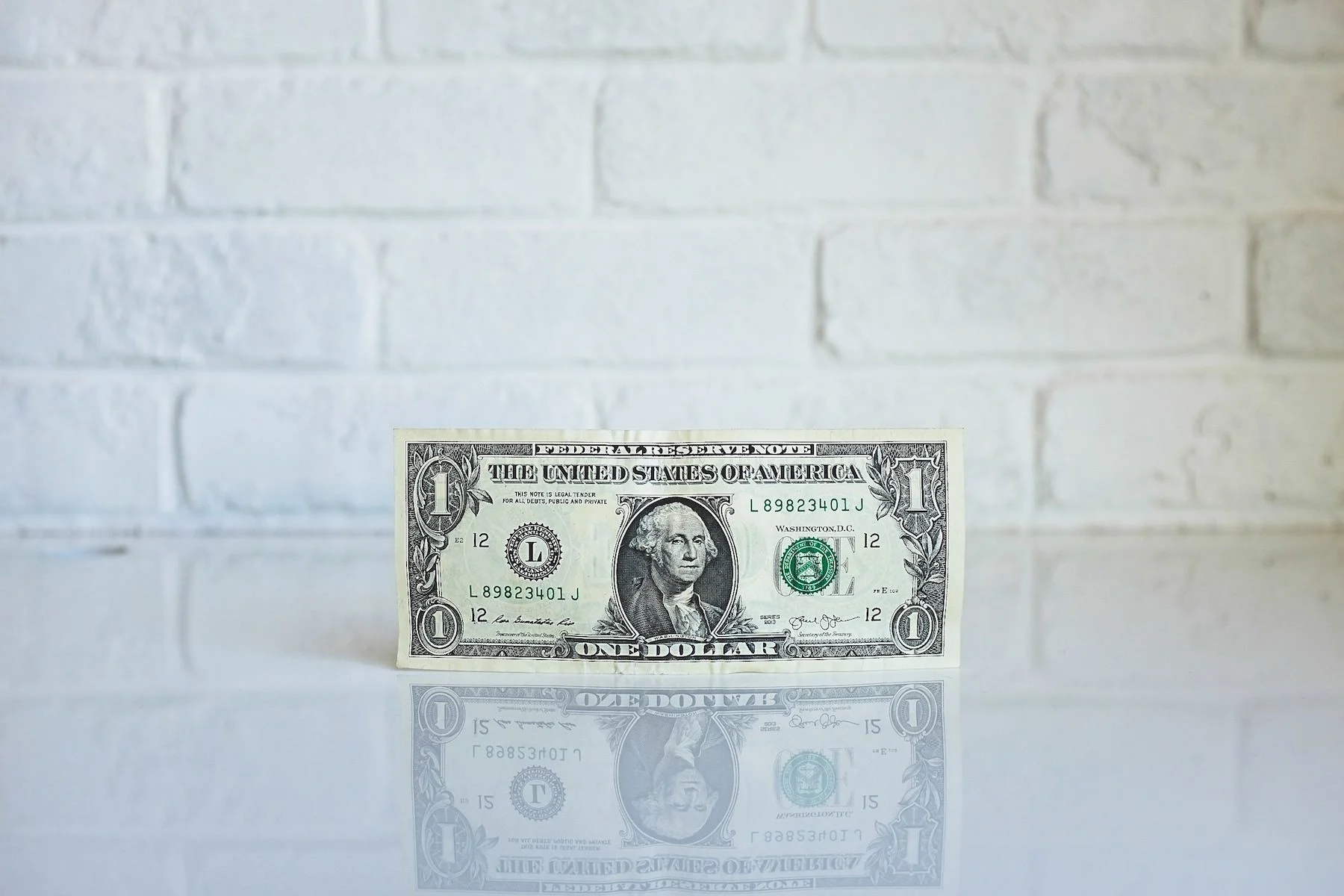Overlooked Expenses Every Artist Should Anticipate
- 5 March 2018
- ByAnna Johansson

If you’re planning to turn your artistry into a full-time business, you’ll need to consider not only the type of work you’re doing and the people you’re selling it to, but also the costs and logistics of running an actual business.
It’s easy to imagine the fun parts of taking your craft full-time and working for yourself, but neglecting some of the biggest expenses that come with the endeavor could put you in a bad spot.
You may be able to budget for the supplies you’ll need, and maybe some of your marketing costs, but what about all the other things you’ll need to keep your business running?
Most Important Expenses to Consider
Here are some of the most important - yet most overlooked - expenses you’ll need to plan for as a full-time artist.
Studio space.
You have many options for studio space, where you’ll be able to create (and possibly display) your work in a more professional environment. Most cities have options for both private and shared studio space - both types come with their own advantages and associated costs, so you’ll need to do your research before landing on a decision. Even the most inexpensive spaces can cost you hundreds of dollars a month, depending on the location, so don’t neglect this as an ongoing expense.
Home studio updates or renovations.
If you don’t want to rent a studio space, there’s only one other option to give you the professional space you need: use your home to accommodate your new career. Depending on your existing space, you may be able to outfit a room with just a few extra features (such as a desk and better lighting), or you may need to do a complete renovation. Accordingly, it can cost hundreds to thousands of dollars. The good news is that this is usually a one-time cost, with little ongoing maintenance.
Health and dental insurance.
As a self-employed artist, you’re going to be responsible for your own health and dental insurance. For individuals, the right health and/or dental insurance plan can be both hard to find and expensive, so give yourself time to find the most appropriate packages. You can also consider a dental insurance alternative, which will give you discounts on various dental services in exchange for a relatively low monthly rate, or a health insurance equivalent. Either way, you’ll need to build this expense into your model.
Networking costs.
In the art world, one of the most important ingredients for success is having a large network of contacts - you’ll need to meet dealers, clients, and other artists if you want to build your reputation and expand your client base. But networking costs time and money. You’ll need to pay to attend most networking events, and spend several hours a week mingling with new people.
It’s worth it though - so put a little in your budget for conferences, art shows, and other events that can grow your career.
Membership fees.
If you’re a member of any professional organizations, you’ll probably need to budget for membership fees as well. Perks like workspaces, contacts, discounts, and other resources are important - especially if you’re just starting out - but they don’t come cheap. You can go the frugal route and avoid memberships entirely, but you’ll need to find an alternative way to get these perks.
Taxes.
It’s easy for newly self-employed individuals neglect the reality of taxes - you’ll owe taxes on any money you make, and may need to save or pay taxes for other elements of your business. It’s a lot.
For example, if you hire employees, you’ll need to withhold and pay taxes on their salaries. The last thing you want is to end up with a massive tax bill at the end of the year, or worse, break the law because you weren’t sure how to plan for taxes. If you have any hesitation, always seek out a professional for guidance on your taxes.
Slow periods.
No matter how skilled an artist you are, or how much initial demand you have for your work, you’re going to face some slow periods. You’ll need to structure your finances so you can weather these slow periods, when your income may drop to zero. Whether that’s making sure you have a healthy savings account (three to six months of expenses is ideal) or paying yourself a set salary regardless of how much extra you bring in that month, you’ll want to have a plan.
Developing Your Business Plan
Even if you’ve been creating art for years, being a full-time artist is a completely different experience, and you’ll need to be prepared if you want to be successful. You can start by drawing up a formal business plan, which will give you a framework to research your prospective paths forward, and come up with a concrete understanding of what you’ll pay (and hopefully, how you’ll be profitable). It’s your best chance to start your artistic career on the most stable footing possible.
5 March 2018
Words by:Anna Johansson
Tags
- Share